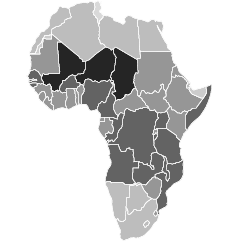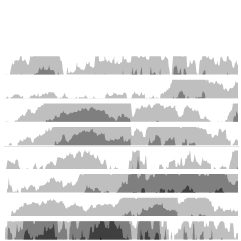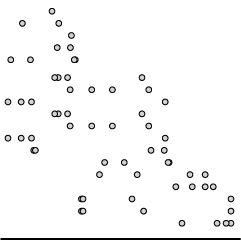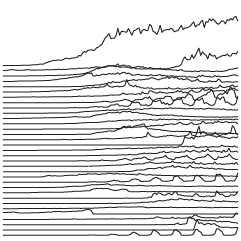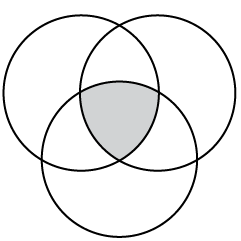In 2008, the World Wildlife Fund ran a campaign that used pixelation to represent the number of animals left for endangered species. One pixel represents an animal, so an image appears more pixelated when there are fewer animals left. Imgur user JJSmooth44 recently used more recent numbers to show the images for 22 species (sourced from the Animal Planet endangered species list).
Read More
-
-
Thomas Lin Pedersen has been sharing his generative art pieces as of late:
All my systems and visualisations are programmed in R, an open source programming language for statistics and data analysis. I’ve developed and released many tools that are central to my work, and help maintain others.
Beautiful work. It really gets the imagination going for what else R can do. Check out Pedersen’s Instagram for more, and you can also grab a print from him directly.
-
Members Only
-
The suffixes on street names can say a lot about a neighborhood. A Boulevard elicits a business-centric area whereas a Road or Court might mean a more residential area. So, Erin Davis mapped the suffixes of all the streets in some major cities. [via @NadiehBremer]
-
Continuing his analysis of street grid-iness in cities around the world, Geoff Boeing sorted cities by the amount of order in their street networks:
Across these study sites, US/Canadian cities have an average orientation-order nearly thirteen-times greater than that of European cities, alongside nearly double the average proportion of four-way intersections. Meanwhile, these European cities’ streets on average are 42% more circuitous than those of the US/Canadian cities. North American cities are far more grid-like than cities in the rest of the world and exhibit far less orientation entropy and street circuity.
Chicago is all grid. Charlotte not so much.
See the detailed study that Boeing published in Applied Network Science.
-
For UnHerd, Tom Chivers, talks about David Spiegelhalter’s new book and why every statistical headline deserves a grain of salt. One way to make sure things check out:
As a non-mathematician, I have a few shortcuts for working out whether a statistic is worth believing, which seem to have done all right for me so far. One, which Spiegelhalter stresses, is that often the best statistical analysis you can do is simply visualising the data. There was a bit of a recent kerfuffle about suicides among girls and young women going up 83% since 2012; but simply looking at the ONS chart showed that the numbers were small, the data was noisy, and the only way you got the 83% figure was by choosing the lowest year on record. (It’s an old trick.)
See also: common statistical fallacies.
-
GPX Jewelry by Rachel Binx lets you turn your GPS traces into jewelry. Just upload a GPX file from, say, your fitness app or Apple Watch, choose your finish, and you’ve got yourself a personalized pendant. Nice.
-
The Generated Photos project is a work in progress to provide realistic AI-generated faces for use in things like presentations or user interface design. “Copyrights, distribution rights, and infringement claims will soon be things of the past.”
An API is in the works so that you can generate the kind of faces that you want, but for now, a set of 100k images are available.
Cool? Slightly creepy?
-
Tetris is a game with foundations in randomness. Pieces are distributed randomly to players and they have to figure out the best spot for each piece. That randomness though has changed over the years as different versions of the game came out. Simon Laroche catalogued the significant changes to the Tetris randomizer.
On the very first Tetris game:
The first and original version of Tetris released had an unbiased randomizer. No opinion to which piece should come next, just pick one and give it to the player.
With an unbiased randomizer, there are situations where the player receives a sequence of the same piece (called floods) or a sequence omitting a certain piece (called a drought). We’ll see how the designers of Tetris games tried to solve these problems in a little bit.
While an unbiased randomizer offers the greatest pure puzzle challenge to players, it is unstable, and can actually result in an unbeatable sequence (PDF). This however can not happen in a real game, as computers don’t use true random number generators. Pseudo random number generators try to mimic real randomness, but don’t have the properties required to deal out 70,000 Z-pieces in a row.
-
Reporting for The Washington Post, Drew Harwell describes the case of the fake voice used for bad things:
Thieves used voice-mimicking software to imitate a company executive’s speech and dupe his subordinate into sending hundreds of thousands of dollars to a secret account, the company’s insurer said, in a remarkable case that some researchers are calling one of the world’s first publicly reported artificial-intelligence heists.
The managing director of a British energy company, believing his boss was on the phone, followed orders one Friday afternoon in March to wire more than $240,000 to an account in Hungary, said representatives from the French insurance giant Euler Hermes, which declined to name the company.
Publicly available software that makes it straightforward to impersonate others digitally: what could go wrong?
-
Members Only
-
For The Upshot, Kevin Quealy used a heatmap to visualize fantasy football draft picks:
This variance is widest for quarterbacks, whose pick patterns are so distinct you don’t even need to read their names to know they’re a quarterback. Chiefs quarterback Patrick Mahomes, named the N.F.L.’s most valuable player last season, represents the most obvious example of this pattern, with a roughly equal likelihood of being drafted in any of the first 40 picks in the draft, including No. 1 over all.
-
Bloomberg News mapped the land owned by the largest owners:
The 100 largest owners of private property in the U.S., newcomers and old-timers together, have 40 million acres, or approximately 2% of the country’s land mass, according to data from the Land Report and reporting by Bloomberg News. Ten years ago, the top 100 had fewer than 30 million acres.
It may not seem like much—all told, just about the size of Florida. But land is an often-overlooked repository of wealth, one of those quiet assets, such as artworks or trusts, that make up so much of the country’s unexamined riches as inequality widens.
Just one state’s worth of land? I mean, I guess that’s a lot.
-
The New York Times mapped the slow, wide-reaching flood waters this year so far:
To measure the scope of the spring floods, The New York Times analyzed satellite data from the Joint Polar Satellite System using software, developed by government and academic researchers for flood detection, that is frequently used in disaster response.
The data covers the period from Jan. 15 to June 30 and shows an interconnected catastrophe along the Missouri, Mississippi and Arkansas Rivers, a system that drains more than 40 percent of the landmass of the continental United States.
Be sure to look at the piece on NYT. It tours you through the significant flooding areas as you scroll, which provides a step-by-step along with a sense of scale.
-
The Washington Post visualized 13,000 school districts to show the change in diversity between 1995 and 2017. Each bubble represents a district and the size represents number of students. The bubbles transition to diverse, undiverse, and extremely undiverse. It’s an important topic and worth the read.
But right now, all I can think about is that I need to up my moving bubble game.
-
From the teenage years to college to adulthood through retirement, sleep is all over the place at first but then converges towards consistency.
-
Members Only
-
For The New York Times, Jack Nicas and Keith Collins stack up app rankings in the App Store. Apple’s apps appear to find their way to the top of searches, perhaps more often than you might expect.
I like how the graphics navigate through the stacked bars. It starts with a realistic view of scrolling through apps on an iPhone, and then zooms out on each section until you’re looking at the overall trends.
-
Mark Rober, who is having a good run of science and engineering videos on YouTube, posted a short note on how he embraces statistical uncertainty:
As humans we are really good at using hindsight bias to convince ourselves we are more in control of things than we really are. For example, if you give 1024 people a coin and give them 10 tries to get as many tails as possible, it’s a statistical certainty that one of them will flip 10 tails in a row (and some unlucky chap will get 10 heads in a row). And yet at that point the media will swoop in and analyze his wrist motion and dissect his training regime and he’ll write books about his life story and how it all prepared him for that moment of greatness. Pretty much all situations in life are a roll of the dice. You can/should do as much as possible to weight the dice but there is always a dice roll.
[…]
I always do everything I can to stack the dice in my favor but truly internalizing that some big part of what happens is out of my control gives me permission to just feel grateful for the experiences I’ve had and not beat myself up when things don’t go as I hoped. I can still feel happy about life even if the views aren’t what they used to be and at the same time I get to feel stoked for the person that will inevitably take my place… just hopefully later than sooner ;)
-
In regards to the press release that seemed to contradict the National Weather Service forecast, Craig N. McLean, chief scientist of NOAA:
During the course of the storm, as I am sure you are aware, there were routine and exceptional expert forecasts, the best possible, issued by the NWS Forecasters. These are remarkable colleagues of ours, who receive our products, use them well, and provide the benefit of their own experience in announcing accurate forecasts accompanied by the distinction of all credible scientists—they sign their work. As I’m sure you also know, there was a complex issue involving the President commenting on the path of the hurricane. The NWS Forecaster(s) corrected any public misunderstanding in an expert and timely way, as they should. There followed, last Friday, an unsigned press release from “NOAA” that inappropriately and incorrectly contradicted the NWS forecaster. My understanding is that this intervention to contradict the forecaster was not based on science but on external factors including reputation and appearance, or simply put, political.
It’s gross that such a letter was even necessary, but I’m glad McLean published it.


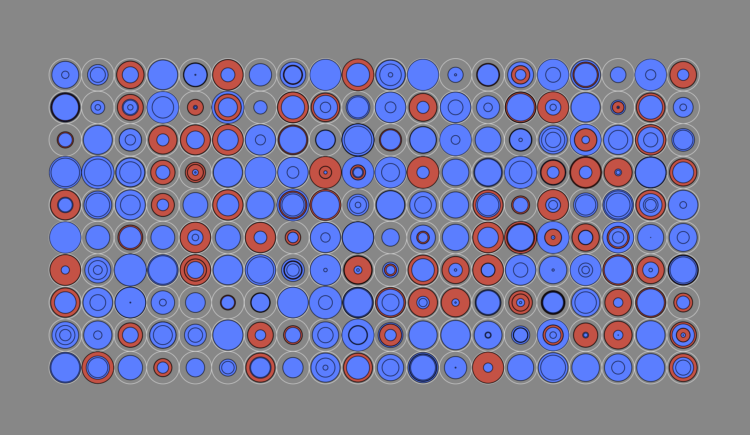
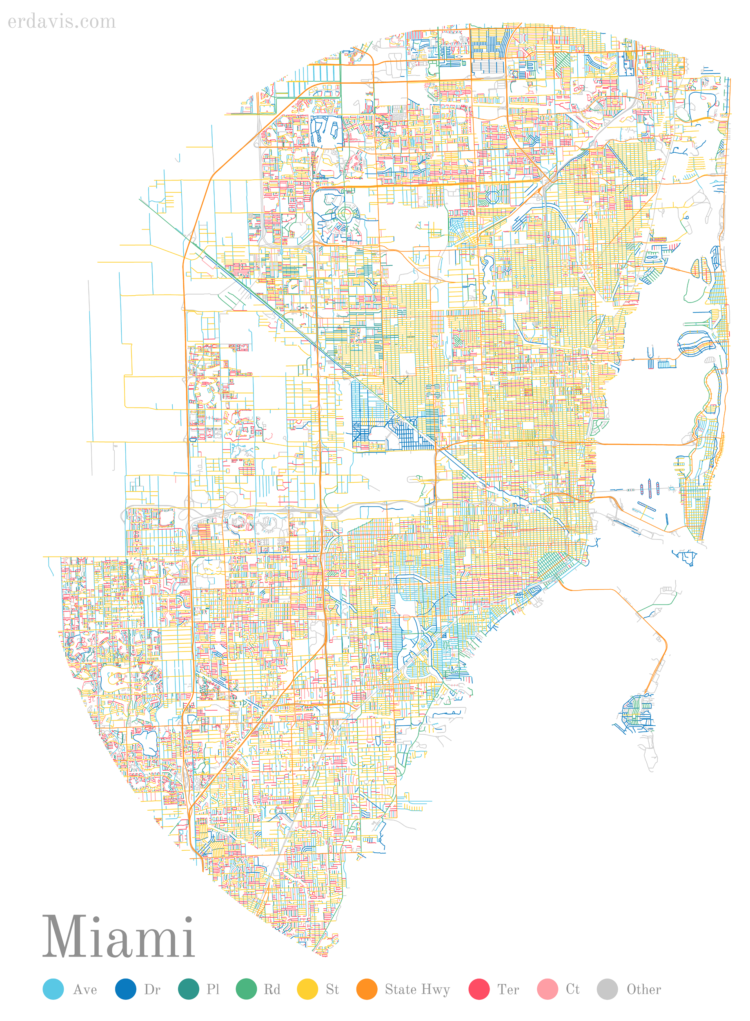
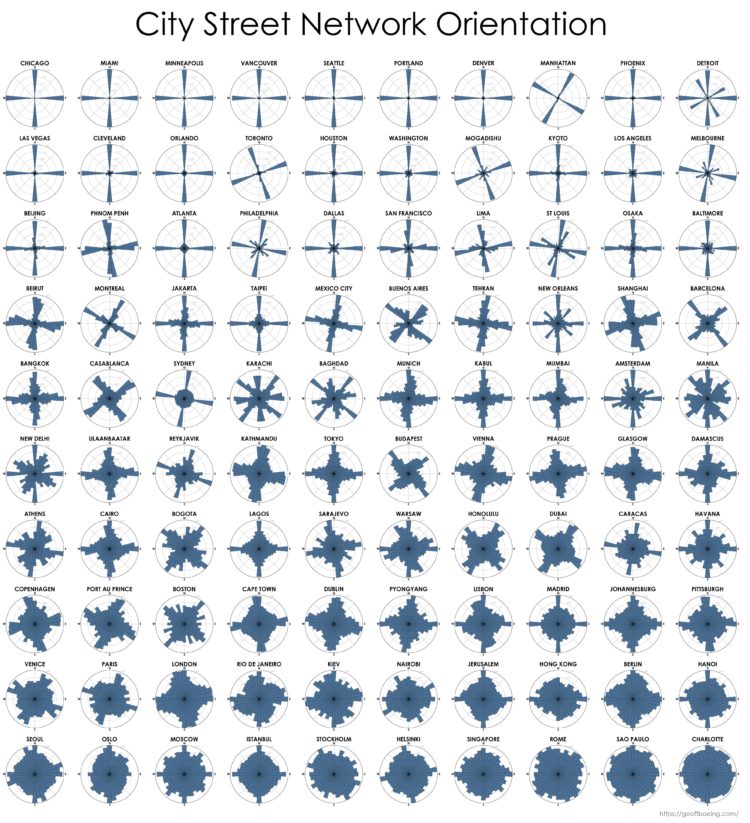



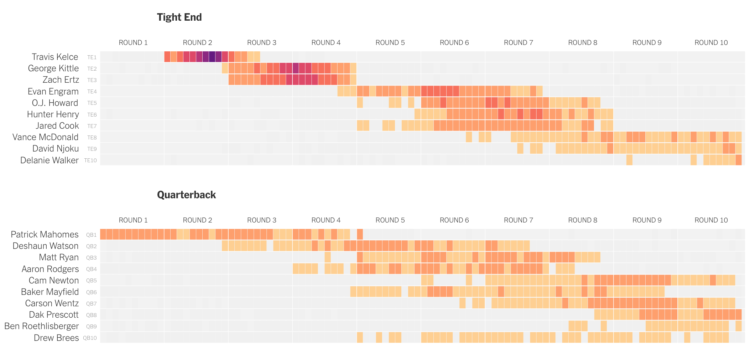
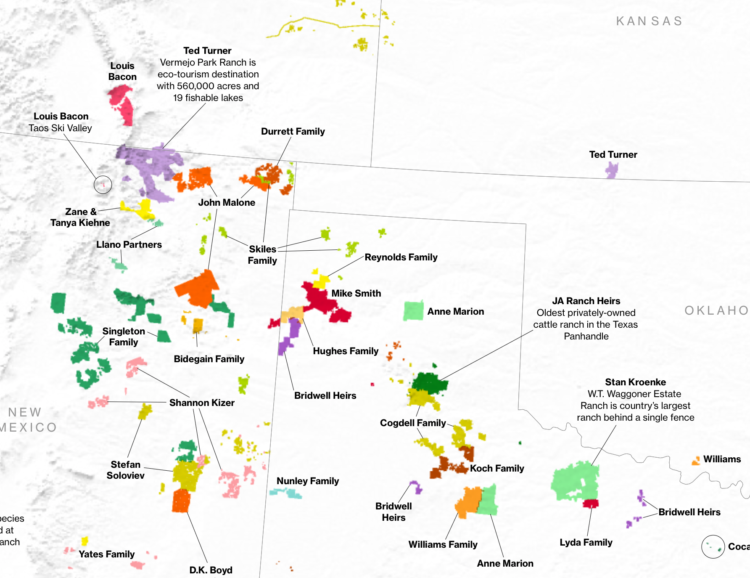
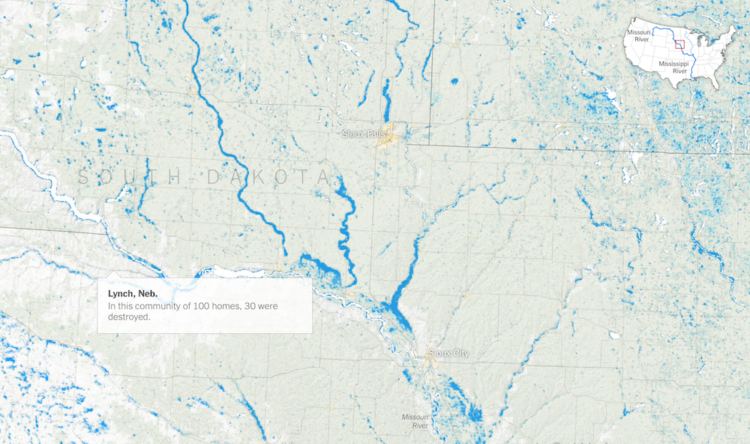
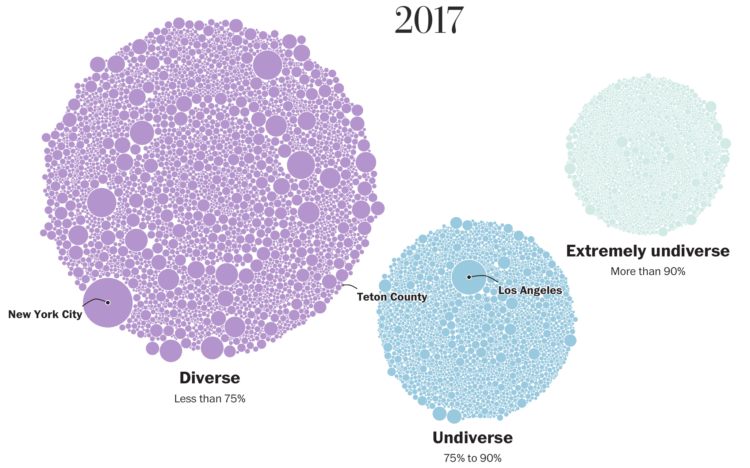
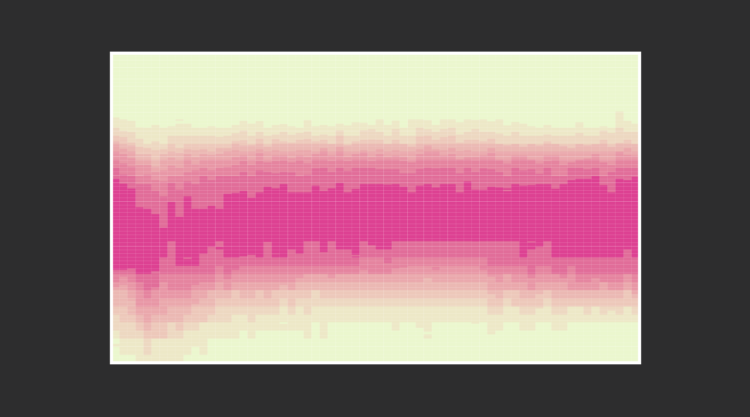

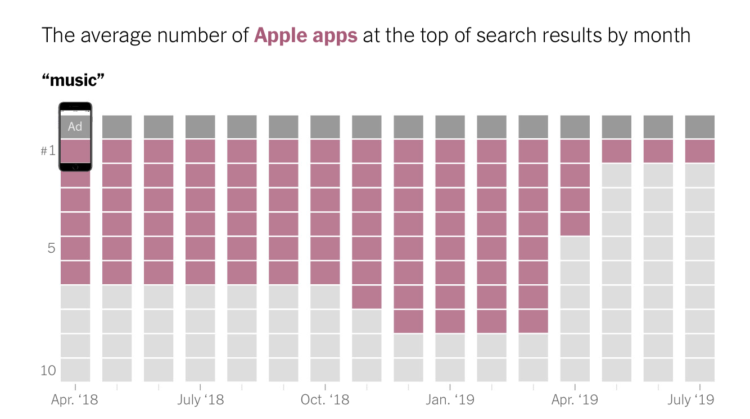
 Visualize This: The FlowingData Guide to Design, Visualization, and Statistics (2nd Edition)
Visualize This: The FlowingData Guide to Design, Visualization, and Statistics (2nd Edition)

